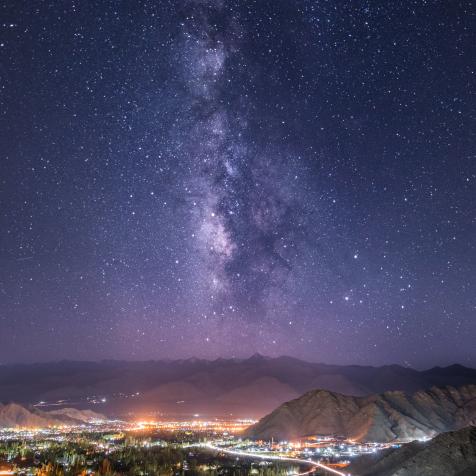
It Rains on the Sun
We're used to rain and the water cycle here on earth, but what about on the sun? Guess what: it rains there too! Read on to learn more.
We're used to rain and the water cycle here on Earth, but what about on the sun? Guess what: It rains there well. But naturally, it's not a rain of water, but a rain of superheated gas. Here's how it works.

Solar Roller Coasters
The sun is a ball of hydrogen and helium that's constantly fusing elements together, creating the heat that keeps us alive here on Earth. The sun is also a hotbed of magnetic activity that periodically belches out rivers of charged particles which, if Earth gets in the way, cause auroras in the high atmosphere and can even short out satellites.
And that's a part of how the sun's "rain" works, too. The elements that make up the sun are largely in the form of plasma, an electrically charged gas. Plasma tends to flow along magnetic loops of material that spring up from the sun's surface and back down again.
The track that plasma follows up and out of the sun is kind of like a car on a roller coaster. At the "peak" of the loop — the top of the roller coaster — plasma is at its coolest because it's farthest away from the sun. At that highest point, some of it cools and falls back down to the sun as precipitation, just like rain on Earth.

Solving a Solar Mystery?
The rain find was unexpected. Lead researcher Emily Mason at NASA's Goddard Space Flight Center in Maryland was looking for evidence of rain in "helmet streamers," the pointy, million-mile high magnetic loops that you can see sticking out from the sun during an eclipse. Simulations suggested they were there, and previous observations of particles streaming from the sun did too.
But after months upon months of searching with nothing to show for it, Mason had the idea of looking for rain in smaller magnetic loops that had been imaged in high definition by NASA's Solar Dynamics Observatory (SDO). Although they're only 2 percent as tall as the helmet streamers — and therefore should have less of a chance to cool off — there, she saw the rain. That discovery led scientists to think that these little structures might also help solve another solar mystery.
You see, the corona, or upper atmosphere, of the sun is millions of degrees in temperature whereas the layer just below is only a few thousand degrees. What's causing the upper atmosphere to be hotter than the lower atmosphere is a mystery. But given the location and structure of the raining loops, scientists will look there next to see if the heating mystery lies in that region.
Even better, NASA also has a spacecraft called the Parker Solar Probe, which is taking periodic close-ups of the sun in the next several years from a perch inside Mercury's orbit. Between SDO and Parker, it's possible the coronal mystery may not be a mystery much longer.
This article first appeared on Curiosity.com. Click here to read the original article


















